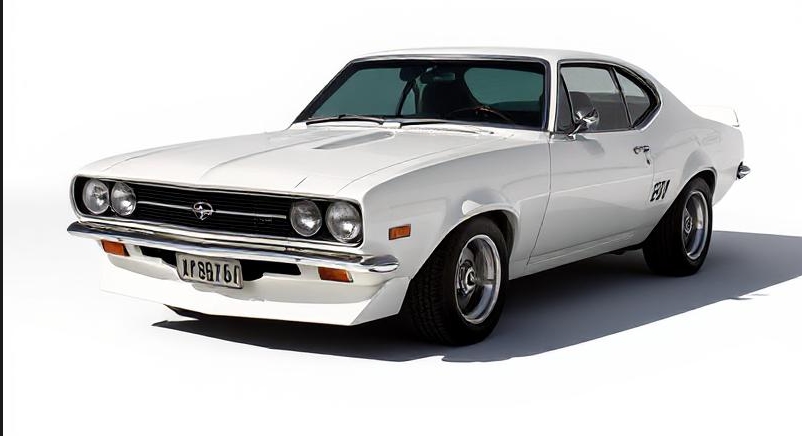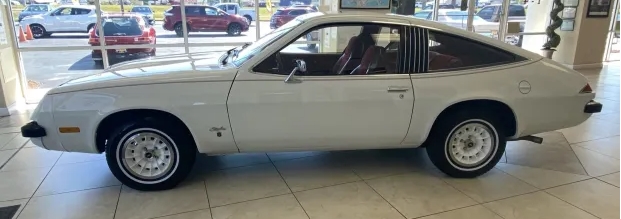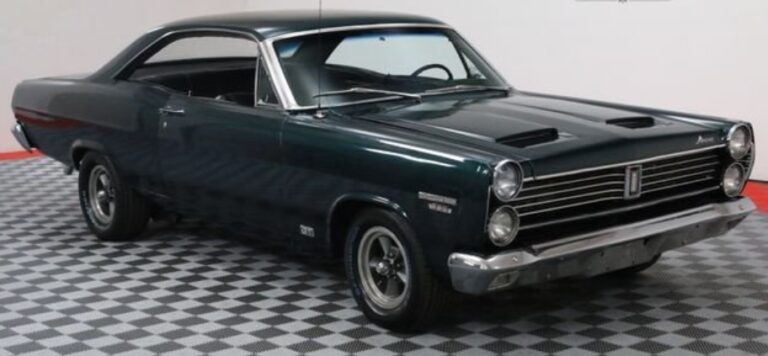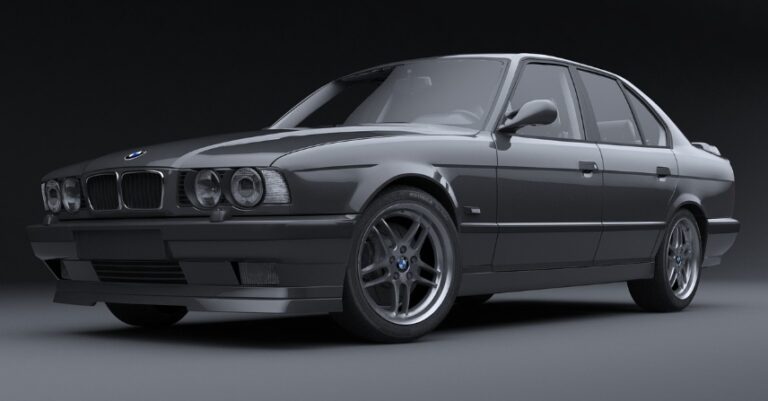The Evolution of the Opel Manta
The Opel Manta is not just a car; it is a symbol of automotive design and cultural significance in Germany and beyond. Launched in the early 1970s, the Manta still resonates with enthusiasts today due to its classic design and spirited performance. Here, we will explore the evolution of the Opel Manta, detailing its history, notable models, trim levels, and the broader significance of this iconic vehicle.
The Birth of the Manta (1970-1975)
Opel introduced the Manta in 1970 as a response to the popularity of sporty coupes during the 1960s and early 1970s. It was designed to rival other compact coupes, notably the Ford Capri and the VW Scirocco. The first-generation Opel Manta was built on the 1.1 platform and featured a sleek, modern design that appealed to the youth market.
Models and Trim Levels:
- Manta A (1970-1975): The original model featured a range of engines from the 1.2-liter inline-four to the more powerful 1.9-liter. Trim levels included:
- Manta A 1.2: The base model, featuring minimalistic design and basic equipment.
- Manta A 1.6: A mid-range model offering enhanced performance.
- Manta A 1.9: The sportier version, often equipped with higher performance specs and better features.
The Manta A was well-received, quickly gaining a reputation as a stylish and fun-to-drive coupe. Its classic lines and distinctive rear styling helped cement its place in the German automotive market.
The Evolution Continues (1975-1988)
In 1975, Opel launched the Manta B, which would go on to become the most recognized and widespread iteration of the Manta. The Manta B retained the general aesthetic principles of the A model but included more modern design elements, improved aerodynamics, and new engine options that catered to changing consumer preferences.
Models and Trim Levels:
- Manta B (1975-1988): This model featured a broader range of engines, from the 1.2-liter to the more powerful 2.0-liter versions. The significant trim levels included:
- Manta B 1.2 and 1.6: Positioned as entry-level options aimed at budget-conscious buyers.
- Manta B 1.8: Stronger performance, ideal for those looking for a sportier drive.
- Manta B 2.0i: This was one of the top-performing trims, featuring fuel injection for better power delivery.
- Manta B GTE: The high-performance variant equipped with sporty suspension and enhancements aimed at the driving enthusiast.
The Manta B became synonymous with the “Youngtimer” movement in Europe and maintained a strong following throughout its production run. The GTE variant, in particular, garnered a cult following for its performance and driver engagement.
The End of an Era and Legacy (1988-1990)
The last generation of the Opel Manta, the Manta C, was produced from 1988 until 1990 and marked the end of the Manta’s production. By this time, the market dynamics had changed dramatically. The rise of more modern compact cars and the growing focus on practicality led to the Manta’s decline.
Models and Trim Levels:
- Manta C (1988-1990): While production was limited, the Manta C offered several trim levels:
- Manta C 1.6: The entry-level variant retained enough performance to be recognizable as a Manta.
- Manta C 2.0: This model served as the enthusiast’s choice, offering enhanced features and performance.
While the Manta C may not have achieved the same level of acclaim as its predecessors, it still benefitted from the rich heritage of the earlier models and continued to appeal to die-hard fans of the brand.
.
Thinking about building a hot rod? You probably should read this first!
.
Cultural Significance
The Opel Manta has played an essential role in automotive culture, particularly in Europe. By the late 1970s and throughout the 1980s, this coupe had become emblematic of a certain carefree youth spirit. Many individuals nostalgically reflect on the Manta as part of their formative years, linking the car to themes of freedom and adventure.
The phrase “Manta” has even made its way into popular culture; in the 1980s, the car was associated with a unique subculture of enthusiasts who embraced the DIY spirit of customizing and enhancing their vehicles—further solidifying its reputation as a car that can be both practical and sporty.
Modern Influence
Although production ceased in 1990, the Opel Manta continues to exert a powerful influence in automotive circles today. Vintage car clubs, online forums, and social media groups dedicated to classic cars feature many discussions about the Manta. Classic car shows often showcase well-preserved examples, where they are celebrated for their design and engineering.
In recent years, revived interest in retro designs and vintage cars has led to a renewed focus on models like the Manta. Collectors search for well-preserved models, and some enthusiasts even restore Mantas to their original glory. The vehicle has also gathered commendation for its styling, leading to calls for a modern reincarnation that reflects the spirit of the original Manta while incorporating contemporary technologies.
Conclusion
The Opel Manta is more than just a car; it is a piece of automotive history that has stood the test of time. From the original Manta A to the final Manta C, each iteration has contributed to the legacy of this iconic vehicle. With its roots deeply planted in the cultural zeitgeist of the 70s and 80s, the Manta remains a beloved symbol of spirited driving and youthful exuberance.
As vintage vehicle enthusiasts continue to celebrate its heritage and as conversations persist about modern interpretations, the Opel Manta’s place in both automotive and cultural history is assured, making it a classic that many will admire and cherish for generations to come.







